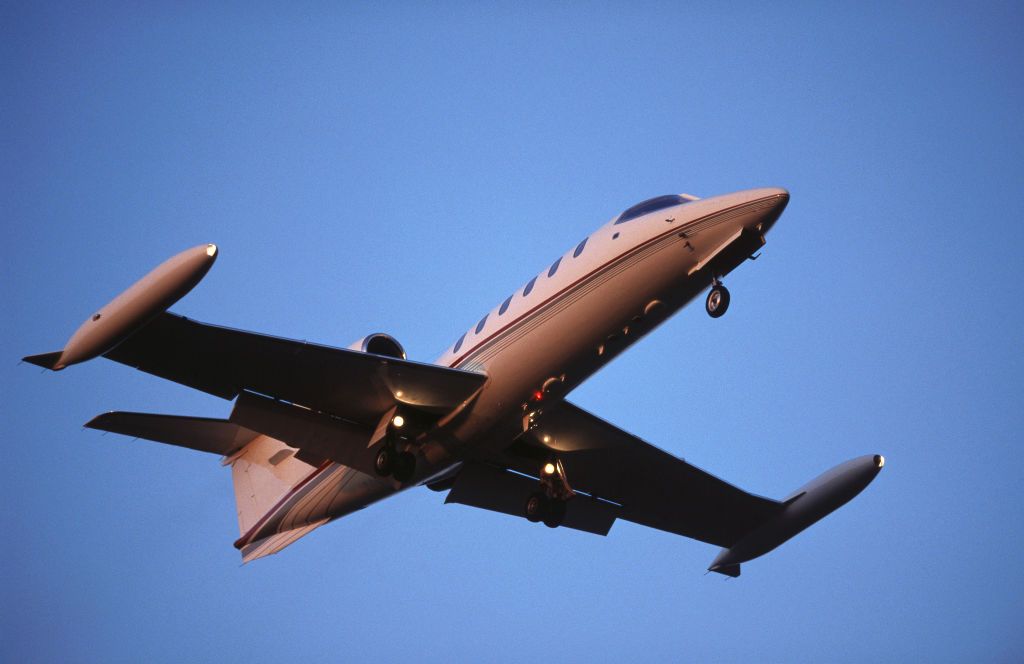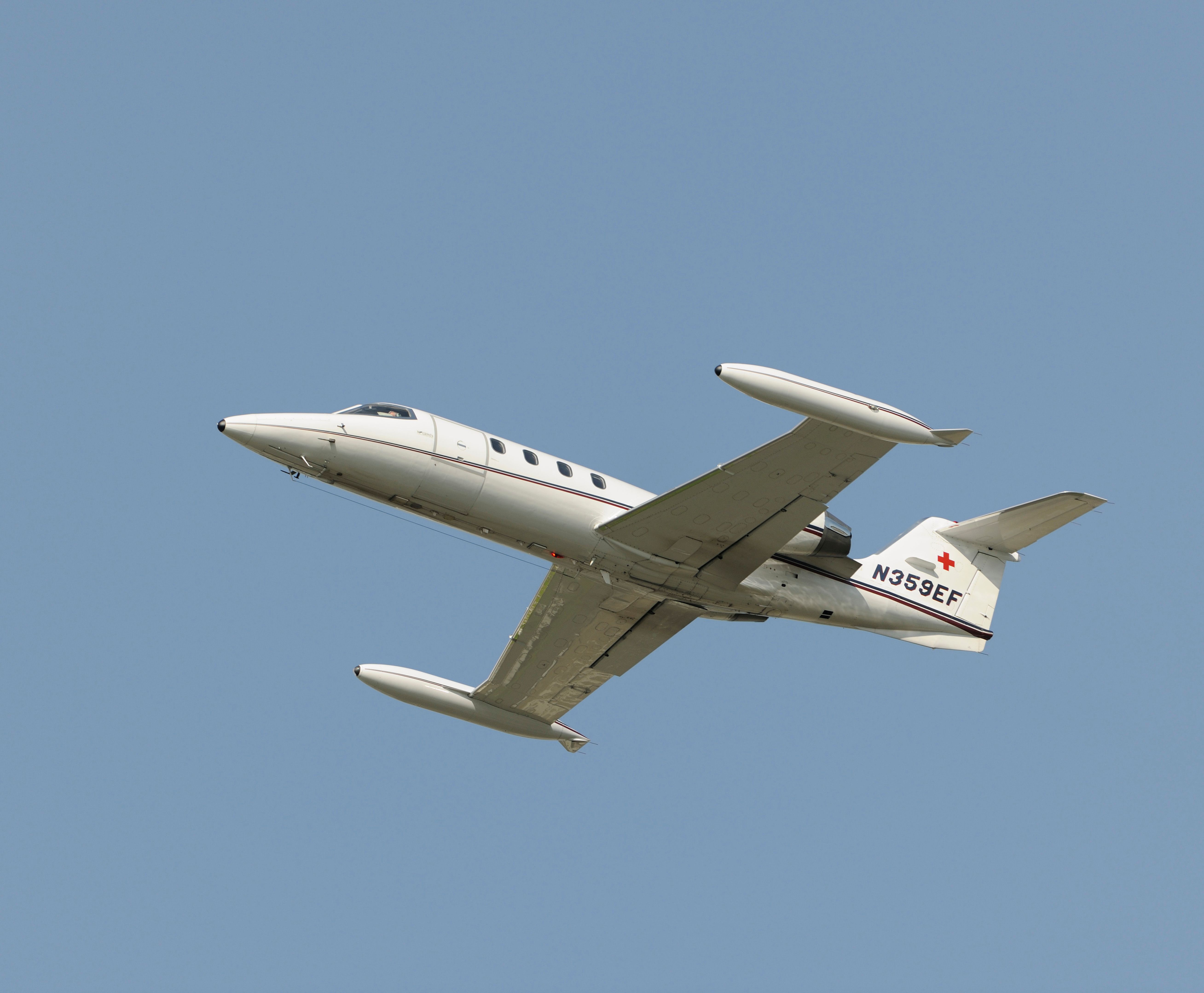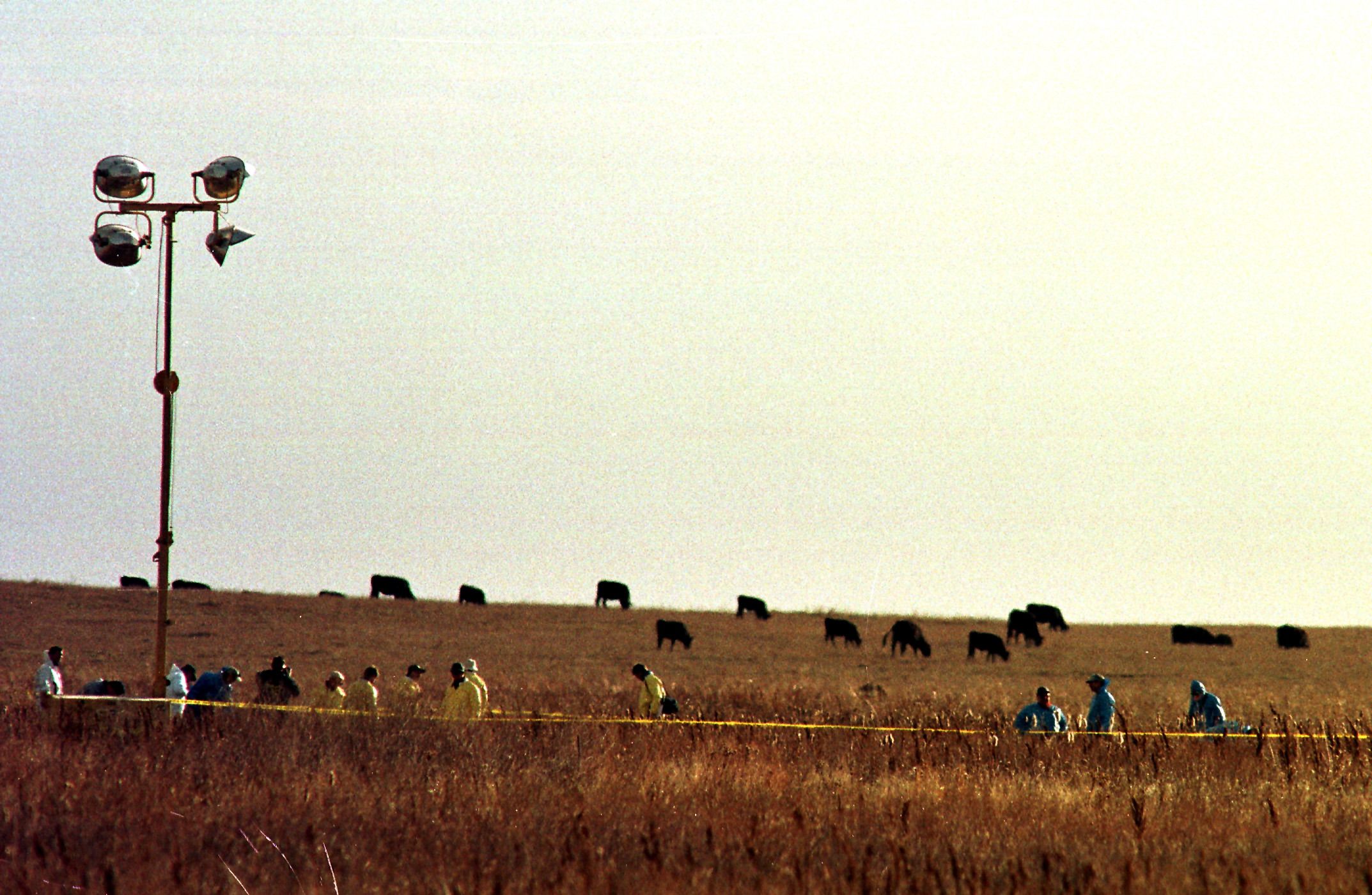Throughout aviation history, there have been several 'ghost plane' incidents, whereby aircraft have flown until running out of fuel due to their occupants being incapacitated. A notable example is Helios Airways flight 522, but did you know that such an instance also befell a US-based private jet in 1999? Here's what happened.
Flying from Florida to Texas
On October 25th, 1999, a Learjet 35A registered as N47BA and operated by Sunjet Aviation was rostered to fly from Orlando International Airport (MCO) to Dallas Love Field (DAL). It had six occupants onboard, consisting of a two-person flight crew and four passengers. Among these was American PGA golfer Payne Stewart.
According to The Aviation Safety Network, N47BA was around 23 years old at the time, having first flown in 1976. During this time, it had amassed a total of 10,506 flight hours. The aircraft departed Orlando at 09:19 local time, with enough fuel onboard for just under five hours of flight. This was more than enough, given that Southwest Airlines' flights on the Orlando-Dallas route typically take 2.5 hours.
The flight should have made a left turn onto a west-northwesterly heading over northern Florida in order for it to continue its journey to Dallas as planned. However, shortly after acknowledging their air traffic control clearance to climb to an altitude of 39,000 feet, communications from the aircraft's pilots ceased altogether.
Stay informed: Sign up for our daily and weekly aviation news digests.
Several hours of uncontrolled flight
The first time that the pilots failed to respond to an ATC message took place at 09:33 local time, when the Learjet was coming through an altitude of 36,500 feet. While controllers persisted with their attempts to contact the flight, they continued to be met with radio silence. This prompted fighter aircraft to intercept the jet.
In each instance, the fighter pilots reported that the Learjet appeared not to have any damage, and was functioning normally, but noted that its cockpit windows were opaque with ice or condensation. They weren't authorized to shoot the plane down, but Canadian PM Jean Chrétien reportedly did give the RCAF permission to do so should it enter Canada, to avoid a crash in the city of Winnipeg.
In any case, the aircraft never made it that far. After flying uncontrolled for almost four hours on a northwesterly trajectory, during which time it reached a peak altitude of 48,900 feet, the 'ghost plane' eventually ran out of fuel. After falling from the sky at a sharp angle and a near-supersonic speed, it impacted the ground in Edmunds County, South Dakota three hours and 54 minutes after takeoff.
The airline industry is always full of new developments! What aviation news will you check out next?
Aftermath and investigation
Sadly, the crash resulted in the deaths of all six of the Learjet's occupants, prompting various memorial ceremonies for Stewart in the golfing world. An NTSB investigation into the crash eventually determined that the aircraft's occupants had become incapacitated due to a loss of cabin pressure. However, with no mechanical failures, the plane flew onwards for hours without any human input.
Interestingly, what the report into the accident was unable to determine was why exactly the aircraft's cabin pressure had been lost. It did point out that maintenance work had been carried out on issues regarding pressure in the months prior to the crash. However, there was no record of how often discrepancy reports by the aircraft's pilots had prompted these procedures to occur.
Source: Aviation Safety Network



